Biology mysteries exist all over the world and we encounter them pretty much everyday. They can be as small in size as cancerous cells, or as large and imposing as the majestic blue whale. Even though science has been able to uncover many wonders of our world’s biological make up, it still has a long way to go. For example, we still haven’t deciphered Peto’s Paradox, pinpointed with certainty the origin of flowers or even the origin of the Ebola virus! That’s only scratching the surface, we still don’t know what the vast majority of our DNA does or how exactly butterflies migrate. Talk about a mess of biological mysteries! It’s a good thing our species is curious because we are currently working hard to uncover these mysteries. Discoveries that could propel humanity into a new age of prosperity and health. Take the Ebola Virus for example, Canadian scientists have been able to successfully treat monkeys (though sadly, it’s a long way before such measures can be applied to humans). By the way, if you want to learn more about the Ebola virus, be sure to check out these 25 Facts About Ebola You Should Know. So if you want to know about some of the most unique biological mysteries our planet has to offer, stick around as we share with you these 25 biology mysteries humanity has not figured out yet.

Butterfly Migration
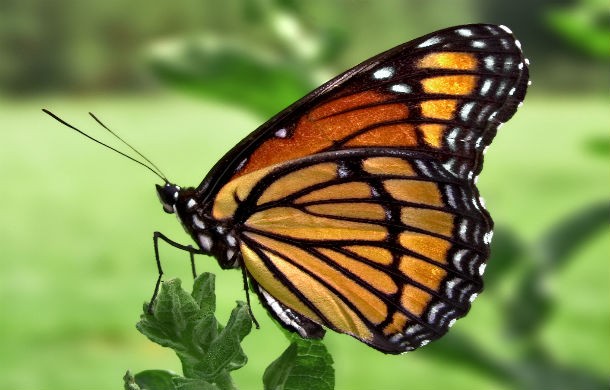 Source and Image: en.wikipedia.org
Source and Image: en.wikipedia.org How do Monarch Butterfly descendants all over Canada and the United States and eventually, after migrating for several generations, manage to return to a few relatively small overwintering spots? No concrete answers have been given to this amazing phenomenon.
The Loricifera Mystery
 Source and Image: en.wikipedia.org
Source and Image: en.wikipedia.org There are at least one hundred species of this phylum that are yet to be described, and none of them is known to be present in the fossil record.
The Paradox of the Plankton
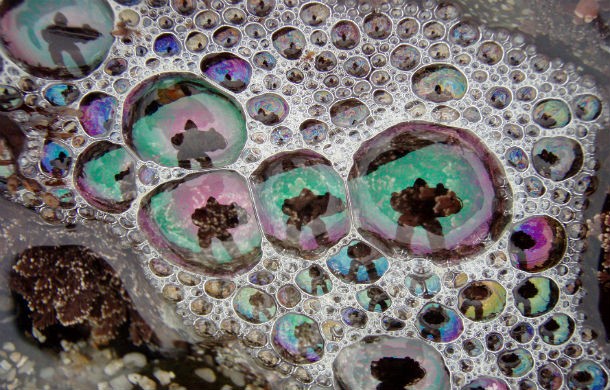 Source: en.wikipedia.org, Image: commons.wikimedia.org
Source: en.wikipedia.org, Image: commons.wikimedia.org In aquatic biology, the paradox of the plankton describes a situation in which a limited range of resources supports an unexpectedly wide array of plankton species, apparently flouting the competitive exclusion principle that holds that when two species compete for the same resource one will be driven to extinction.
Ebola's origin and place of hiding
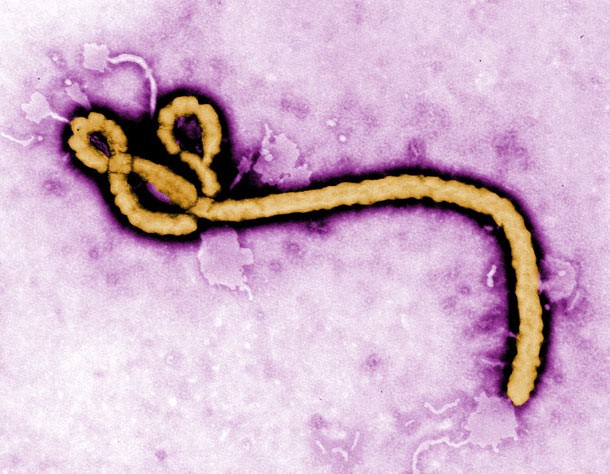 Source: American Medical Association, Health Map, Image: by CDC Global Health via Flickr CC2.0
Source: American Medical Association, Health Map, Image: by CDC Global Health via Flickr CC2.0 We have learned much about the Ebola virus recently to the point that we have even successfully treated monkeys for it. Nevertheless, in spite of our strides against the virus, we’re still uncertain as to the virus’ origin or even where the virus hides between human outbreaks.
Perception
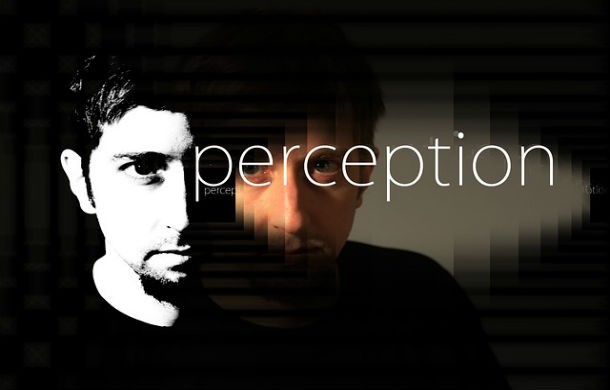 Source: en.wikipedia.org, Image: pixabay.com
Source: en.wikipedia.org, Image: pixabay.com We perceive things everyday, but the act of perception is still a relative mystery. We still don’t fully understand how the brain transforms sensory information into coherent percepts. We don’t even know the rules by which perception is organized or how the senses are even integrated.
Alkaloids
 Source and Image: en.wikipedia.org
Source and Image: en.wikipedia.org A group of naturally occurring chemical compounds that are composed of mostly basic nitrogen atoms, Alkaloids are produced by a large variety of organisms including bacteria, fungi, plants, and animals. However, their function is not entirely understood and the scientific community is still searching for answers.
Adaptation
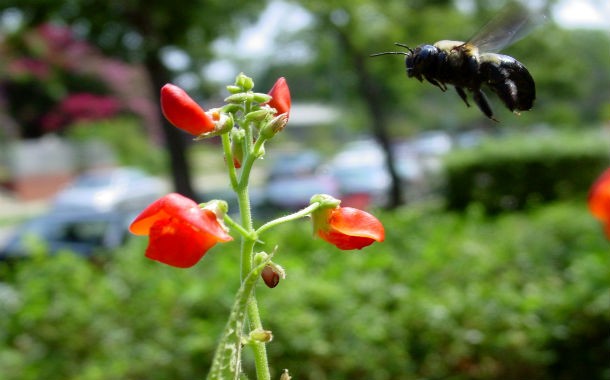 Source and Image: en.wikipedia.org
Source and Image: en.wikipedia.org At present there is no theoretical model for how adaptation occurs that is close to being complete. Mathematical models of evolution describe how the process of natural selection influences the frequency of already existing gene variants based on their relative fitness (survival of the fittest). Only a small amount of theory treats the problem of modeling the generation of new variants through mutation, in terms of either fitness or phenotypic form.
Homing (In Biology)
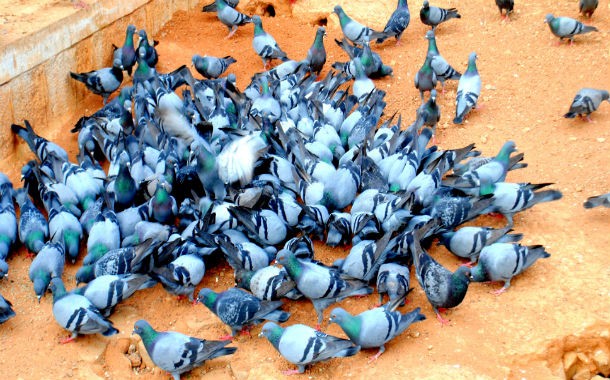 Source and Image: en.wikipedia.org
Source and Image: en.wikipedia.org Homing is the inherent ability of an animal to navigate toward an original location through unfamiliar areas. This location may be either a home territory or a breeding spot. Even though we are kind of familiar with the phenomenon of homing, a satisfactory explanation for the neurobiological mechanisms that cause it has yet to be found.
Hammerhead Shark’s Structure
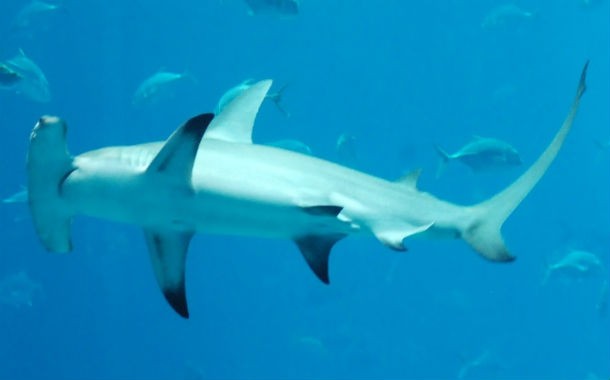 Source and Image: en.wikipedia.org
Source and Image: en.wikipedia.org The hammerhead shark is known for it’s distinctive head shape. However, the reason for this shark’s unusual shape is still not fully understood. Some have theorized that the hammerhead evolved in order to increase it’s electrosensory area, another hypothesis involves better sight, and yet another hypothesis is the improvement of movement through the waters.
Golgi Apparatus
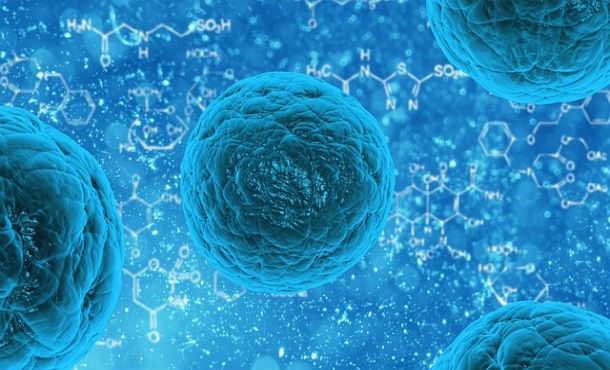 Source: en.wikipedia.org, Image: pixabay.com
Source: en.wikipedia.org, Image: pixabay.com In cell theory, we still don’t know what the exact transport mechanism by which proteins travel through the Golgi apparatus actually is.
Glycogen Body
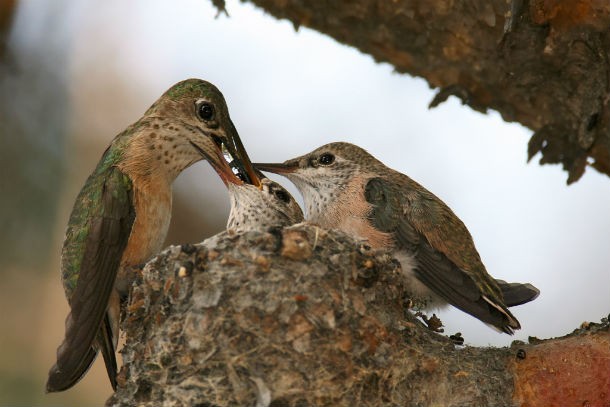 Source and Image: en.wikipedia.org
Source and Image: en.wikipedia.org A glycogen body is an oval structure in the spinal cord of birds, made of specialized cells that contain large amounts of glycogen. The function of this structure is not known, but it doesn’t seem to be related to the normal function of glycogen in animals, which is to store energy.
Gall Wasp
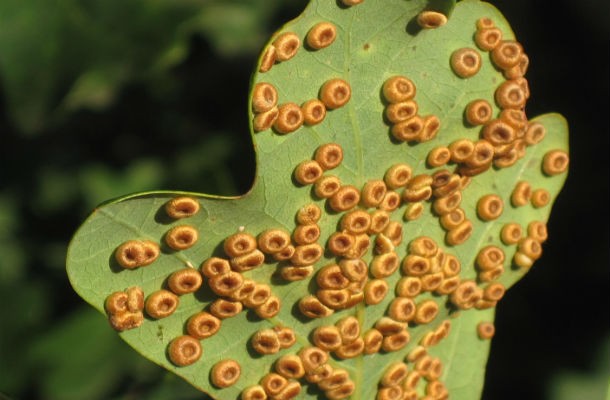 Source and Image: en.wikipedia.org
Source and Image: en.wikipedia.org It is largely unknown how Gall wasps induce gall formation in plants. Even though chemical, mechanical, and even viral triggers have been suggested.
Fairy Circle (Africa)
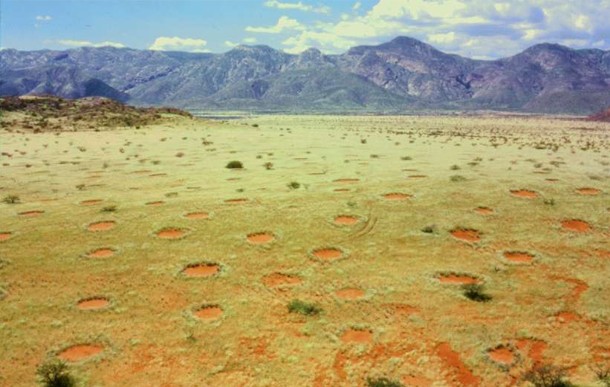 Source: en.wikipedia.org, Image: pixabay.com
Source: en.wikipedia.org, Image: pixabay.com There is an intense debate about the formation process of these circles. Research has shown that some can be explained by the activities of the sand termite, Psammotermes allocerus, but there is no theory explaining all fairy circles.
Evolution of Sex
 Source and Image: en.wikipedia.org
Source and Image: en.wikipedia.org Believe it or not, it’s still unclear as to what selective advantages drove the development of sexual reproduction and how it evolved.
The Function of DNA
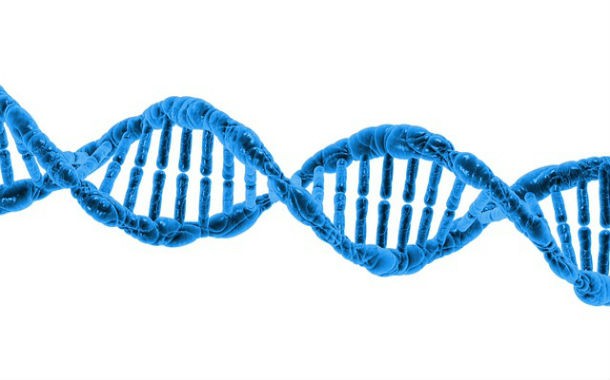 Source: en.wikipedia.org, Image: pixabay.com
Source: en.wikipedia.org, Image: pixabay.com We still don’t know what the vast majority of Our DNA Does. For a long time it was believed that about 98% of the human genome was “junk” DNA (non-coding) and served no known function. However, recently scientists have begun to question this belief.
The Whole Consciousness Thing
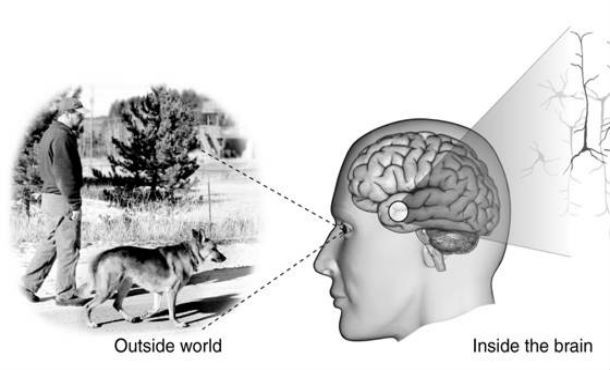 Source and Image: en.wikipedia.org
Source and Image: en.wikipedia.org In short, we still don’t know what consciousness is exactly. Why do many animals, especially mammals, dream? What are the inheritable characteristics of intelligence? These are all questions that have no specific answers as of yet.
The History of Flowers
 Source: en.wikipedia.org, Image: pexels
Source: en.wikipedia.org, Image: pexels We like to look at them and we might even like to smell some of them, but we still don’t know what the exact evolutionary history of flowers is. It has long been assumed that flowers evolved from within the gymnosperms (a group of seed-producing plants that includes conifers, cycads, Ginkgo, and Gnetales) however recent molecular evidence is at odds with this hypothesis.
Peto’s Paradox
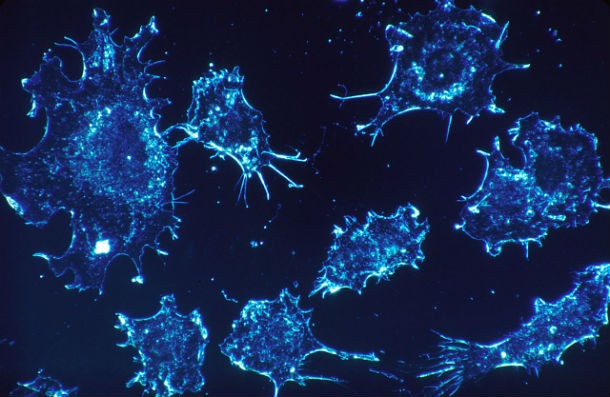 Source: en.wikipedia.org, Image: commons.wikimedia.org
Source: en.wikipedia.org, Image: commons.wikimedia.org Humans are prone to cancer…this is not a secret, However larger mammals, like whales, are no where near as prone to cancer as humans are. If cancer is essentially a negative outcome lottery at cell levels, and larger organisms have more cells, and thus more potentially cancerous cell divisions, one would expect larger organisms to be more predisposed to cancer. But this is not the case.
Blue Whale’s Sexual Life
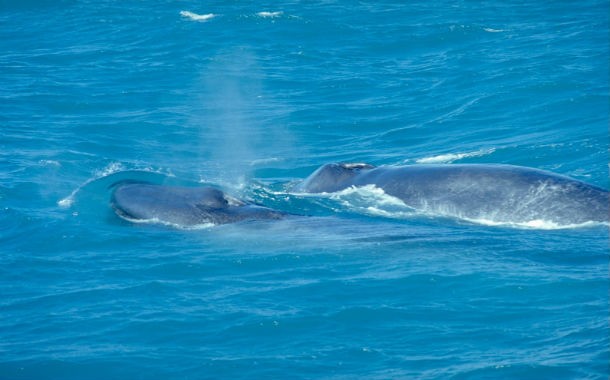 Source and Image: en.wikipedia.org
Source and Image: en.wikipedia.org Speaking of larger mammals, little is known about how Blue whales mate. You would think that it would be easy to witness the “act” of such a large animal, but the fact remains that Blue whales mating has never been recorded. Fun bonus fact: Humpback whales (which are closely related to Blue whales) are known to engage in what scientist refer to as “simultaneous intromission” AKA, threesome.
The Cambrian Explosion
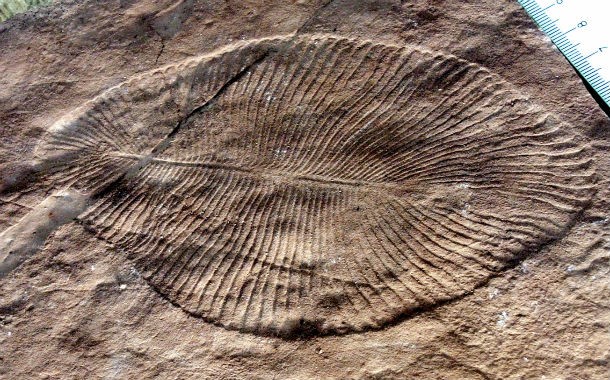 Source and Image: en.wikipedia.org
Source and Image: en.wikipedia.org What was the cause of the apparent rapid diversification of multicellular life around the beginning of the Cambrian period, resulting in the emergence of almost all modern animal phyla? It’s a highly debated topic but no solid concrete answer exists as of yet.
Korarchaeota metabolic processes
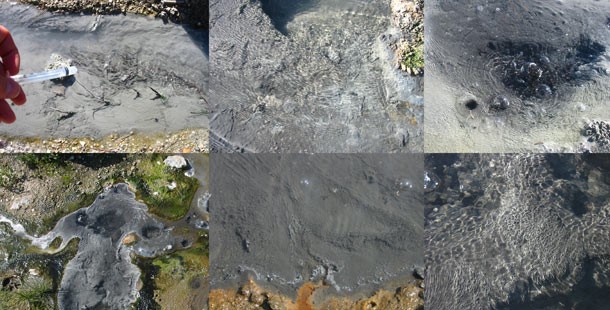 Source: en.wikipedia.org, The ISME Journal; Springs containing Korarchaeota Image: Wikipedia
Source: en.wikipedia.org, The ISME Journal; Springs containing Korarchaeota Image: Wikipedia Korarchaeota constitute a recent kingdom of Archaea containing single cell micro-organisms only found in high temperature hydrothermal environments. Little is known about these species including how their metabolic processes take place.
Basking Shark’s Reproduction Mechanism
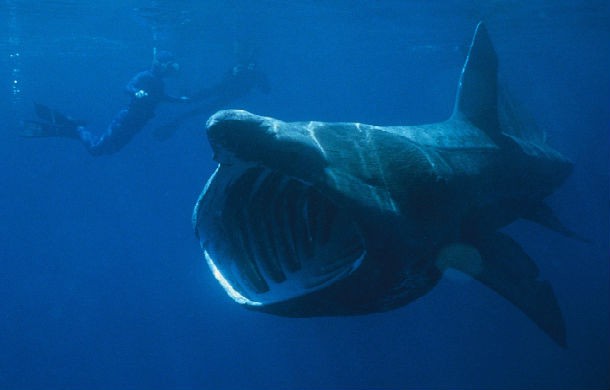 Source and Image: en.wikipedia.org
Source and Image: en.wikipedia.org Basking shark females appear to only have one functioning ovary-the right one to be exact. This is unique among sharks and the reason is unknown.
Arthropod Head Problem
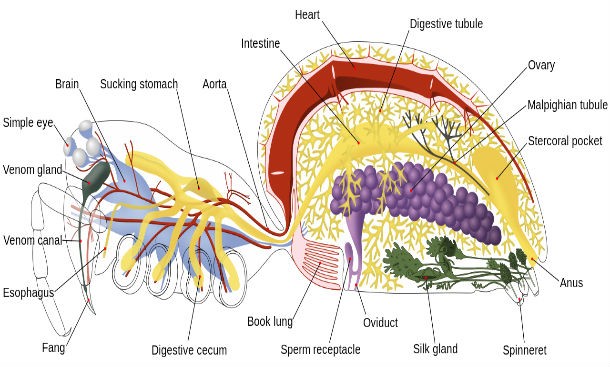 Source and Image: en.wikipedia.org
Source and Image: en.wikipedia.org The arthropod head problem is popularly known as the “endless dispute” referring to its seemingly intractable nature. While the dispute has historically centered on the exact make-up of the insect head, it has been widened to include other living arthropods such as the crustaceans and chelicerates. Although some progress has been made during the past few years, the precise nature of especially the labrum and the pre-oral region of arthropods remain highly controversial.
Biological Aging
 Source and Image: en.wikipedia.org
Source and Image: en.wikipedia.org There are a number of hypotheses as to why we age and eventually die but as we mentioned, it’s all hypothesis with no real solid explanations in sight.
The Origin of Life
 Source: en.wikipedia.org, Image: pixabay.com
Source: en.wikipedia.org, Image: pixabay.com And of course number one is the biggest mystery of them all-the origin of life! Despite all the gigantic scientific and technological advances of the past couple of centuries we still don’t know exactly how and when life on Earth originated.



























